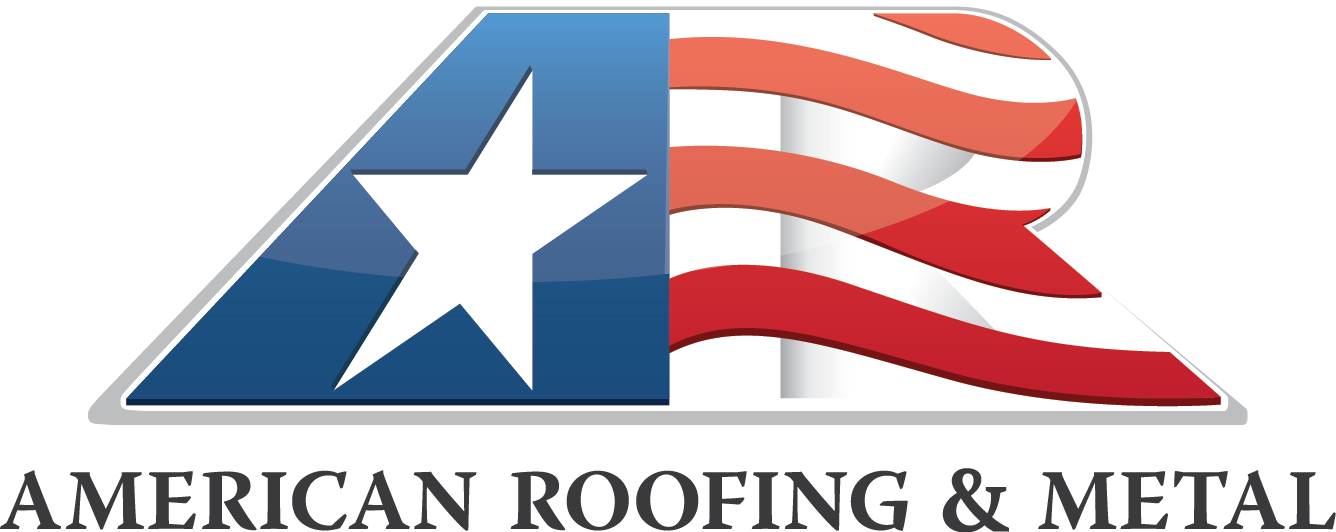Roofing That Can Outlast Your Home
They don’t build homes like they used to. You have probably heard someone say this or thought it to yourself at some point or another and in some ways it’s true.. The homes that are still standing 100 years down the line generally were built better, and the ones that weren't so great were demolished sometime along the way.
So how can you determine what homes stand the test of time and which ones don’t? A simple saying “A good hat and good boots” meaning a good roof and a good foundation.
In this blog we make the case for a roof type you find on many of the 100 year old structures standing today. Metal Roofs.
A properly installed metal roof typically will last as long as the house, with an expected lifespan of 40 to 70 years and, often, a 30- to 50-year manufacturer’s warranty to boot. (By contrast, traditional asphalt roofing typically lasts 12 to 20 years.) Thanks to the material’s unique durability, you can count on it to withstand the elements—including gusts of wind up to 140 miles per hour—and not corrode nor crack thanks to rust-proof coatings.
Metal roofs are environmentally friendly.
Traditional asphalt shingles are a petroleum product and, as such, increase dependency on fossil fuels. Plus, they require replacement every 15 to 20 years, which means that nearly 20 billion pounds of old asphalt shingles are sent to U.S. landfills every year, according to the Environmental Protection Agency.
Metal roofs, on the other hand, are considered a more sustainable alternative for a number of reasons. For starters, they consist of at least 25 percent recycled materials and are 100 percent recyclable themselves. (Steel roofing can be recycled repeatedly without loss of strength!) Metal roofing also provides an ideal platform for homeowners who want to embark various eco-conscious initiatives, including solar panels and systems for harvesting rainwater. Finally, in some re-roofing projects, a metal roof is so light—roughly one-third the weight of asphalt—that it can be installed directly overtop asphalt shingles without overburdening the roof’s structural support. This strategic move saves the effort and sheer waste of ripping off the old roofing and sending it to a landfill.
Metal roofs are stylish.
Today’s metal roofs are a far cry from the corrugated tin barns of the bucolic past—indeed, now you can choose from tin, zinc, aluminum, copper, or galvanized steel, in a dizzying array of colors, finishes, and even shapes! Their variety surpasses that of the much more conventional asphalt shingle. While asphalt might offer 15 to 20 color choices modern metal roofing comes in more than 100 different colors, including standard, premium, and custom hues. Steel and aluminum, the two most common metals used in residential roofing, are both designed to hold paint finishes well.
Seven out of 10 homeowners living under metal roofs designed theirs with the traditional vertical ribbed panels or “standing seam” construction, but metal roofing is not short on style options either. Fans of more traditional profiles can opt for a metal shingle manufactured to resemble wood shakes, slate or clay tiles, or any other number of designs instead. The metal doesn’t have to stand out like a sore thumb to do its job; rather, it can mimic nearly any look using multiple-layer factory finishes that ensure that the appearance is not only beautiful but long-lasting and durable.
information provided by:
Schwartz, Donna Boyle. “7 Things to Know Before Choosing a Metal Roof.” Bob Vila, BobVila.com, 20 Sept. 2020, www.bobvila.com/articles/metal-roof-pros-and-cons/.



